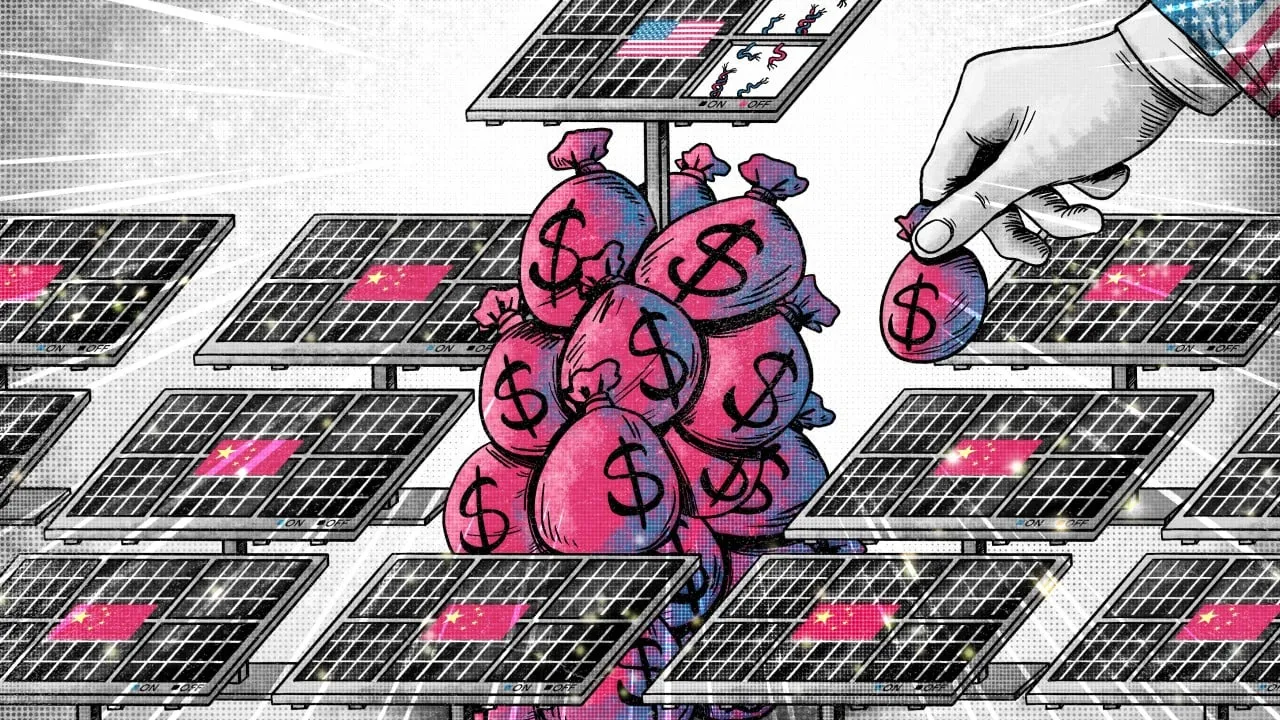China and the United States: A Solar Industry Showdown Enveloped in Geopolitical Tensions

China and the U.S. Solar Industry: A Tense Confrontation
The current presidential race between Donald Trump and Kamala Harris is not only a political race but also a proxy in the argument over solar subsidies and global energy futures. In light of the Inflation Reduction Act (IRA), claims of potential overcapacity in the U.S. solar market have surfaced, heating tensions with China, which is dominant in the photovoltaic supply chain.
American Subsidies vs. Chinese Dominance
- The IRA aims to level the playing field by offering billions in subsidies, potentially reshaping the U.S. solar manufacturing landscape.
- The China Photovoltaic Industry Association has highlighted the U.S. approach as discriminatory.
- Experts predict that both presidential candidates might maintain solar incentives despite differing approaches.
Future Outlook of Solar Manufacturing
As First Solar reports substantial profits due to the IRA, the battle for the solar industry’s future intensifies. The U.S. needs ongoing stable funding to establish a self-reliant solar manufacturing sector. Meanwhile, China's market is grappling with overcapacity issues and declining prices.
- China maintains over 80% of the global solar supply chain.
- New technologies like perovskite may alter the competitive landscape.
- Future U.S. production expansion hinges on government and market investments.
The shifting dynamics in the solar sector will be critical in the upcoming election, determining not only the future of renewable energy policies but also international relations regarding trade and technology.
This article was prepared using information from open sources in accordance with the principles of Ethical Policy. The editorial team is not responsible for absolute accuracy, as it relies on data from the sources referenced.